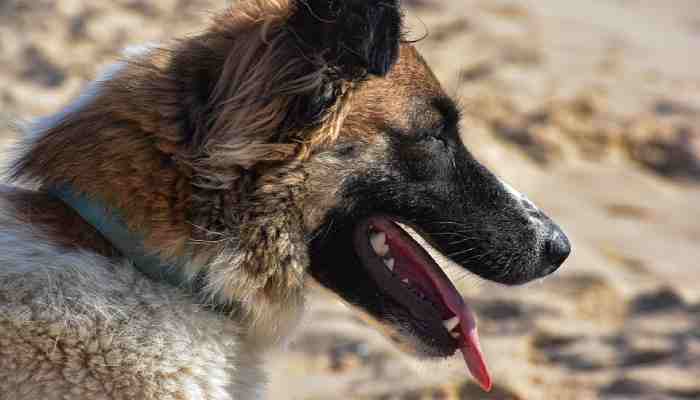Puppy teething is an important and challenging phase for both puppies and their owners. Understanding what to expect and how to help your furry friend can make the process more manageable. This blog post will provide an overview of puppy teething including the timeline, common symptoms, and helpful tips for managing the phase. Whether you’re a first-time puppy parent or a seasoned pro, there’s something for everyone to learn.
What to Expect During Teething
When it comes to puppy teething, timing is everything. Understanding when your furry friend will begin to teeth and how long the process will take is crucial for managing their behaviour and providing the appropriate support. On average, puppies begin to teeth between 3 and 6 months of age. This is when their baby teeth will start to fall out and be replaced by adult teeth. This process can last for several months, and during this time, you can expect to see some common symptoms.
One of the most obvious signs of teething is increased chewing. As puppies’ teeth begin to come in, their gums become sore and they will look for ways to alleviate the discomfort. This often leads to excessive chewing on anything they can get their paws on, including shoes, furniture, and even hands. Drooling is also a common symptom, as the process of teething can cause an increase in saliva production. Lastly, puppies may become more irritable or fussy during this time.
How to Help Your Puppy Through Teething
Helping your puppy through teething doesn’t have to be a chore. With the right tools and techniques, you can make the process more comfortable for your furry friend, and less stressful for yourself. The first step is providing appropriate chew toys. Puppies need to chew to alleviate the discomfort in their gums, so it’s important to give them something that is safe and durable. Look for chew toys made specifically for teething puppies, or consider freezing a wet washcloth for them to chew on.
Another important step is keeping household items out of reach. Puppies will chew on anything they can get their paws on, so it’s important to keep anything you don’t want destroyed out of reach. This includes shoes, furniture, and other valuables.
Training techniques can also be helpful in managing biting. Teaching your puppy commands such as “leave it” or “drop it” can help redirect their biting behaviour towards appropriate chew toys. Additionally, you can soothe sore gums by rubbing them gently with your finger or a cold wet cloth.
Don’t forget about dental care during this important phase. Brush your puppy’s teeth regularly, and provide dental chews to help keep their teeth clean and healthy.
Common Teething Mistakes to Avoid
When it comes to helping your puppy through teething, it’s important to avoid common mistakes that can make the process more difficult for both you and your furry friend. One of the most common mistakes is using harsh punishment for biting behaviour. Puppies are going through a natural process, and biting is a normal part of it. Instead of punishing them, redirect their behaviour towards appropriate chew toys.
Another mistake to avoid is ignoring signs of teething. If you notice your puppy drooling, chewing on everything, or becoming more irritable, it’s likely that they are teething. Ignoring these signs and not providing the appropriate support can make the process more uncomfortable for them.
Finally, not providing enough opportunities for puppies to chew is a mistake that many owners make. Chewing is a natural and necessary behaviour for teething puppies, so it’s important to provide them with plenty of chew toys and other items that are safe for them to chew on.
By providing appropriate chew toys, keeping household items out of reach, training your puppy, soothing sore gums and taking care of their teeth, you can help your furry friend through the teething process.


